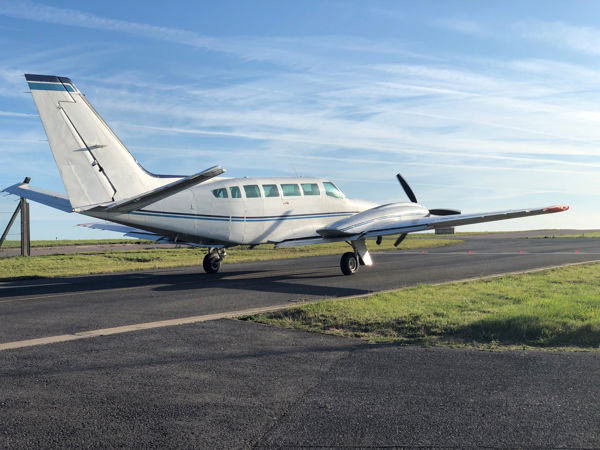NRW flies high to capture 3D Wales

A project, managed by Natural Resources Wales (NRW) on behalf of the Welsh Government, is taking to the sky to create a high-resolution 3D map of the whole of Wales.
Aerial survey company Bluesky International Ltd, using LiDAR (Light Detection and Ranging), will capture every nook and cranny of the Welsh landscape.
The project was launched last winter, but most of the survey work will start this week (1/12/2020).
Using a Cessna 404 plane, some 50 flights are planned over the next two winters. The flights, and their routes, will depend on weather conditions.
The data can only be captured in the winter months, when trees are without leaves, to ensure the most accurate survey of the ground.
NRW aims to compile all the data by the end of the winter 2022, if conditions are favourable.
The new, complete dataset will then be owned and made publicly available by the Welsh Government.
It will help, for example, to manage flood risk, conserve habitats and biodiversity, manage natural resources and land use, develop infrastructure, monitor pollution, generate power and respond to climate change.
Paul Isaac, Project Manager, said: “Historically, LiDAR data has been gathered over Wales at various points in time from the 1990s onwards.
“The datasets were collected for different reasons, which means a patchwork of data exists which is inconsistent in terms of technology, coverage and resolution.
“Many of the high altitude, mountainous areas have not been captured at all, with key habitats and ecosystems remaining unmapped.
“Once completed we will have a fantastic resource for planners, landowners, conservationists, foresters, developers, engineers, teachers, academics and many others.”
LiDAR stands for light detecting and ranging, referring to the remote sensing technology used - emitting beams of light and measuring the time it takes the reflections to be detected by the sensor.
Long term, the aim is to repeat the data capture periodically to ensure up-to-date information is always available to monitor changes, especially in the face of climate change.
